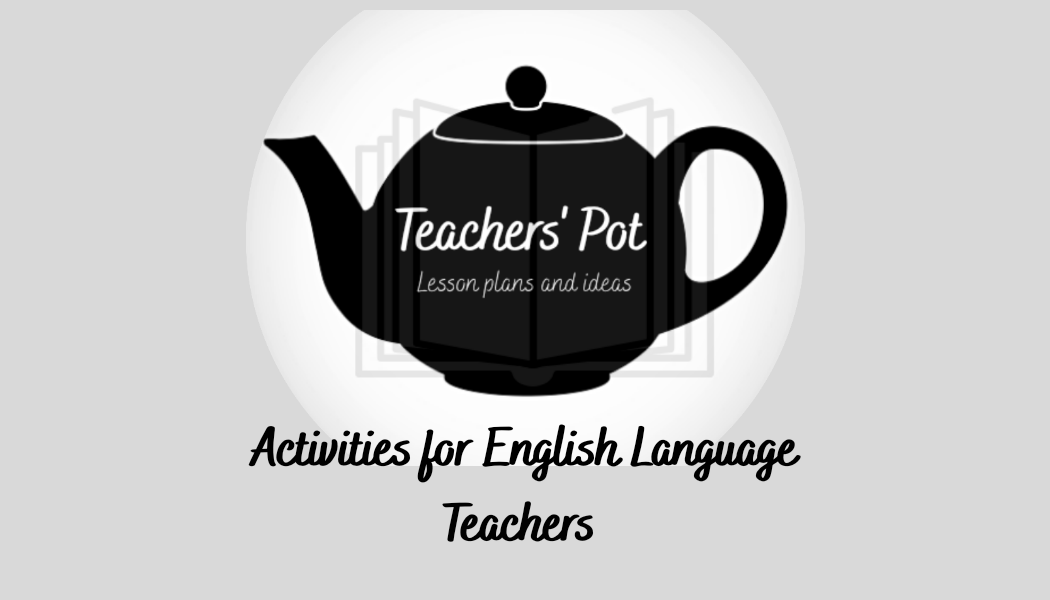
Some time ago I came across this article which lists 401 prompts for argumentative writing. Since my students are not very keen on writing these days, I've decided to exploit the article in a slightly different way and turn it into a speaking activity for my teenage and adult students.
The activity will encourage your students to discuss some controversial statements, share their points of view, and agree or disagree with each other in a polite manner.
The task is most suitable for intermediate-advanced students who are mature enough to talk about serious issues. It can be used as a time-filler activity or it might useful for those of your students who are preparing for some language exams such as FCE, CAE, IELTS or TOEFL.
Divide your students into pairs. Give each pair of students two piles of cut out cards placed face down. One pile should contain the cards with controversial statements while the other one should contain a shuffled set of opinion cards .
Students work in pairs. One student takes a card from the pile with the controversial statements and reads it out loud. His partner takes the first card from the pile with the opinion cards and needs to respond to the statement according to the opinion card he/she gets (either agree or disagree). They need to discuss the statement for at least two minutes (or any time you give them) sticking to their roles. They should try to come up with reasonable arguments whether they personally agree with their role cards or not.
In order to run this activity more smoothly, you might pre-teach them some useful expressions .
- Downloadable material:
controversial statements
opinion cards
functional language: useful expressions
Feel free to comment with your feedback :)






